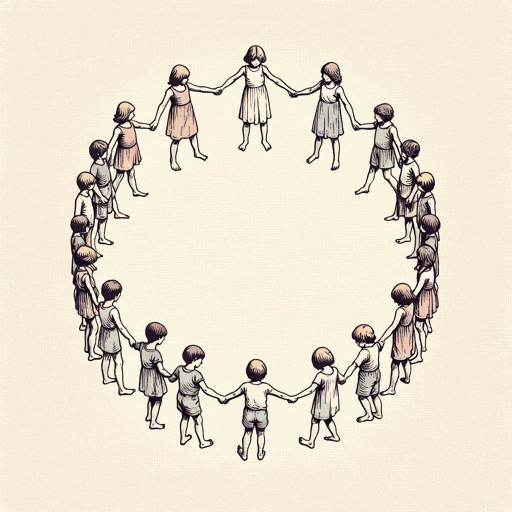22 pages • 44 minutes read
Margaret AtwoodThe Circle Game
Fiction | Poem | Adult | Published in 1964A modern alternative to SparkNotes and CliffsNotes, SuperSummary offers high-quality Study Guides with detailed chapter summaries and analysis of major themes, characters, and more.
Themes
Childhood Versus Adulthood
The poem’s alternating sections of childhood versus adulthood activities show a complete generational and seasonal cycle with age-based behavioral changes. In the children’s sections, the young people engage in outdoor group activities, such as in section i: “joined hand to hand / go round and round” (Lines 2-3). In the adult sections, as in section ii, the adults are inside—even confined—in a room separated from “people in the next room” (Line 56). While the children are joined together and in sync with their singing and circling, the adult pair faces a disconnection through wordplay, as in section iv, that “attempts to keep / [them] at a certain distance” (Lines 121-122). The children’s games are traditional group ones akin to “Ring Around the Rosie.” The adult games, as in section vi, are solitary: “the orphan game” (Line 198), “the ragged winter game” (Line 199), and “the game of the waif” (Line 203), in which the waif is
glad
to be left
out by himself
in the cold” (Lines 221-224),
“watching the happy families” (Line 208). As the children age into adulthood, it appears that they become more independent and less reliant on groupthink, though perhaps to the point of self-isolation. The children’s games take place in summer and in natural surroundings but are likened to those without merriment: “[T]here is no joy in it” (Line 22) because they do not take time to enjoy the summer environment.
Related Titles
By Margaret Atwood

Alias Grace
Margaret Atwood
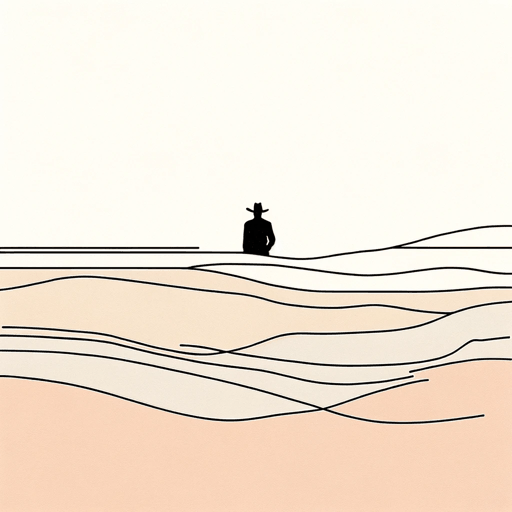
Backdrop Addresses Cowboy
Margaret Atwood

Cat's Eye
Margaret Atwood

Death By Landscape
Margaret Atwood

Hag-Seed: William Shakespeare's The Tempest Retold
Margaret Atwood

Happy Endings
Margaret Atwood

Helen of Troy Does Countertop Dancing
Margaret Atwood

Lady Oracle
Margaret Atwood

Life Before Man
Margaret Atwood

MaddAddam
Margaret Atwood
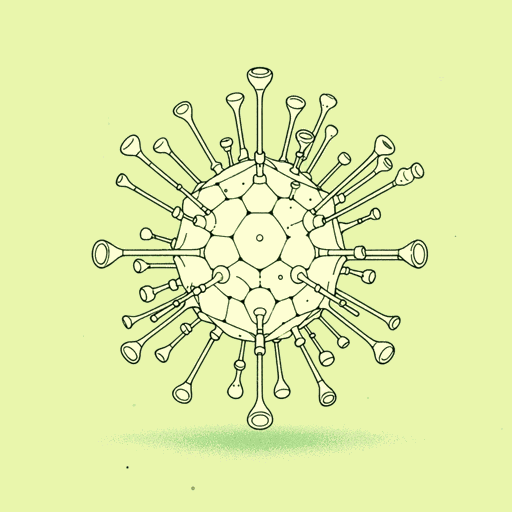
Oryx and Crake
Margaret Atwood

Rape Fantasies
Margaret Atwood
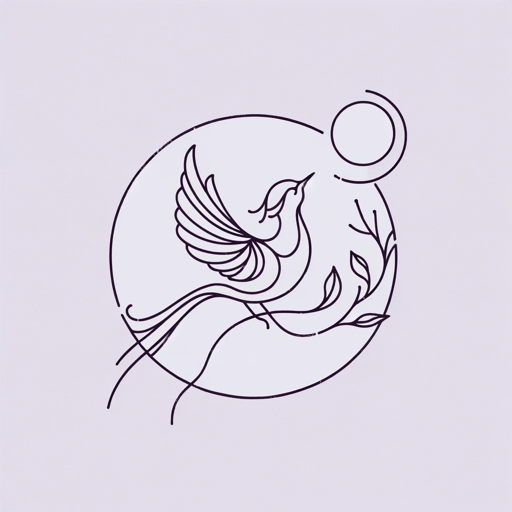
Siren Song
Margaret Atwood

Stone Mattress
Margaret Atwood

Surfacing
Margaret Atwood

The Blind Assassin
Margaret Atwood

The Edible Woman
Margaret Atwood

The Handmaid's Tale
Margaret Atwood

The Heart Goes Last
Margaret Atwood
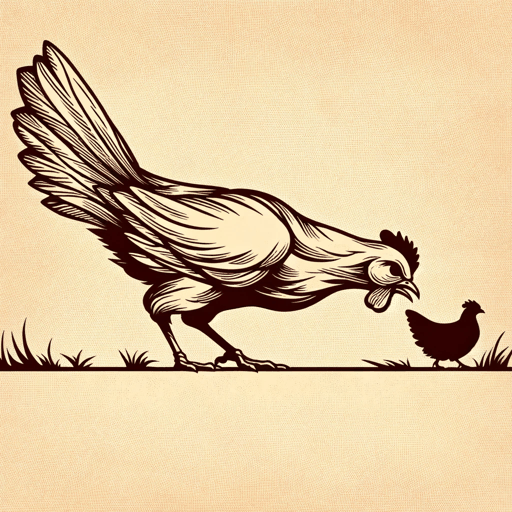
The Landlady
Margaret Atwood
